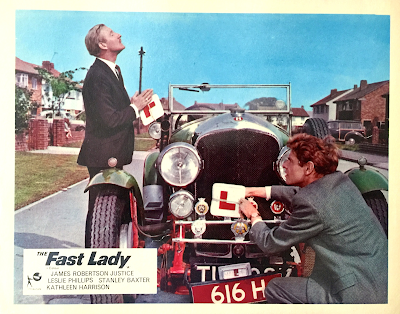Weekend Onesie:
The Magic Of Burton Rice
Part V
As you may know, on Thursdays, Wonderland Burlesque does a series of posts about old movies, featuring movie posters. During the course of research, I fell in love with a particular type of poster art, enough so that I wanted to learn a bit more about the artist.
That's what I'll be sharing with you the next few Saturdays, as part of the Weekend Onesie series (which is rarely about a single image, so, not sure why I cling to that title).
I remain in awe of this man and his work; the sheer volume and quality is astounding. He must have slaved over his drawing table like a madman. His movie posters for Bluebird and Pathé are not all he did... he also created book covers, advertisements, and sheet music art. For this series, I've chosen to group them according to visual type.
That's what I'll be sharing with you the next few Saturdays, as part of the Weekend Onesie series (which is rarely about a single image, so, not sure why I cling to that title).
I remain in awe of this man and his work; the sheer volume and quality is astounding. He must have slaved over his drawing table like a madman. His movie posters for Bluebird and Pathé are not all he did... he also created book covers, advertisements, and sheet music art. For this series, I've chosen to group them according to visual type.
I find his use of color and white space quite amazing and far ahead of his time.
Here's a bit of information (all cribbed from various sites) about the artist and samples of his work.
Here's a bit of information (all cribbed from various sites) about the artist and samples of his work.
The Magic Of Burton Rice
 American designer, illustrator, photographer, and poster artist Burton Rice is best known for his work creating posters for the Bluebird Photoplays division of Universal Pictures between 1916 and 1919. Little else is known about him.
American designer, illustrator, photographer, and poster artist Burton Rice is best known for his work creating posters for the Bluebird Photoplays division of Universal Pictures between 1916 and 1919. Little else is known about him.
He was an American native born in a Chicago suburb on April 15, 1894. Records show that he returned from France in 1917, when he was 23 years old, and again in 1924, aged 30. In 1943 his draft registration card showed him living in New York city, and self-employed.
In 1959, he returned to Chicago.
 American designer, illustrator, photographer, and poster artist Burton Rice is best known for his work creating posters for the Bluebird Photoplays division of Universal Pictures between 1916 and 1919. Little else is known about him.
American designer, illustrator, photographer, and poster artist Burton Rice is best known for his work creating posters for the Bluebird Photoplays division of Universal Pictures between 1916 and 1919. Little else is known about him.He was an American native born in a Chicago suburb on April 15, 1894. Records show that he returned from France in 1917, when he was 23 years old, and again in 1924, aged 30. In 1943 his draft registration card showed him living in New York city, and self-employed.
Burton designed a wide range of products, but you might know him under a different name. When designing fashion pieces, he often used the pseudonym of Dynevor Rhys. No one knows why Rice did this. Some believe he wished to save his real name for fine art, but this was never confirmed. This change happened after his New York studio burned down in November of 1923. After the fire, Rice began submitting magazine covers as Dynevor Rhys.





























































































































